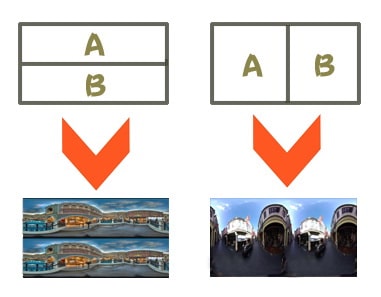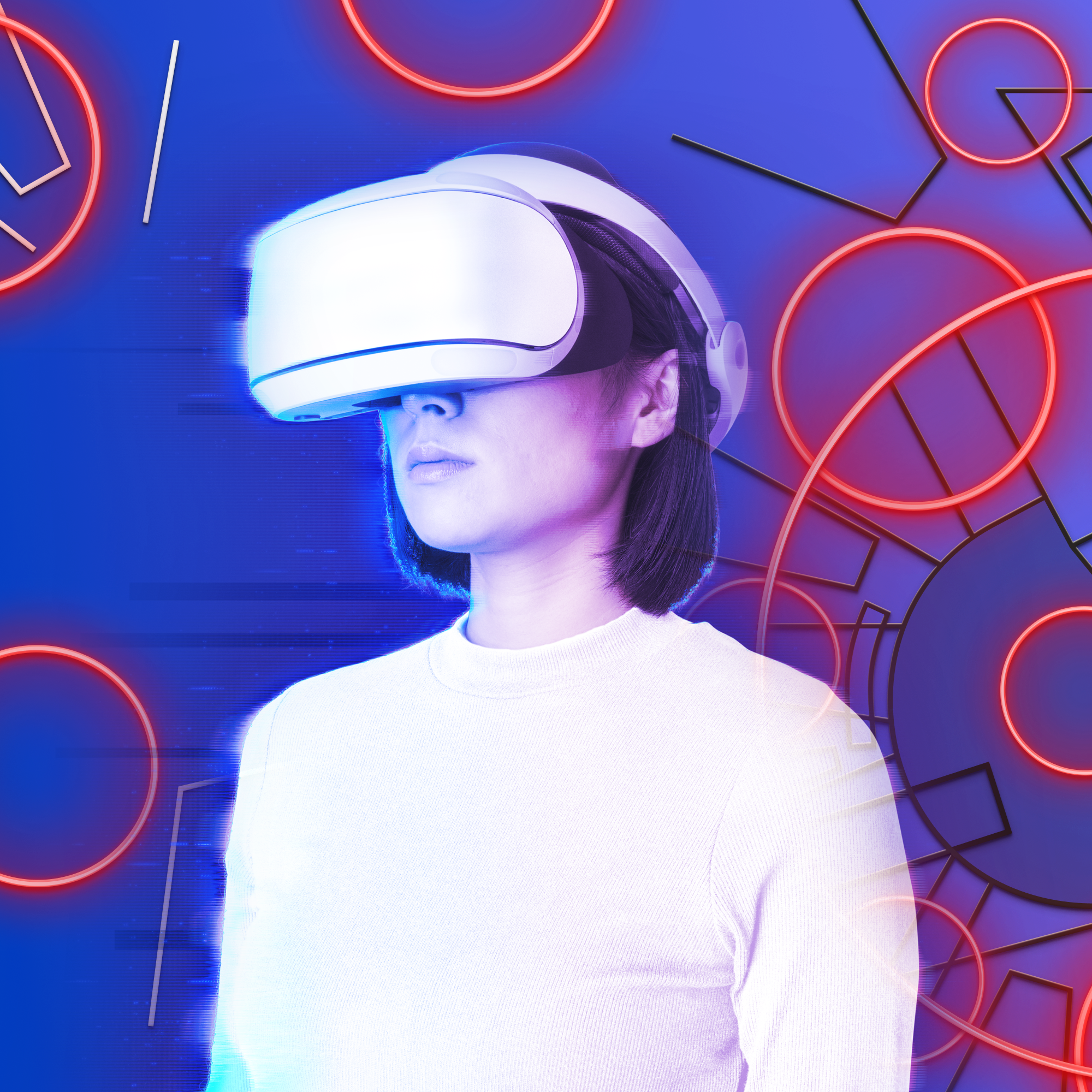In brief
-
01
Customer
Canadian adult content provider
-
02
Business tasks
- Break away from the competition with popular VR technology
- Attract new users
- Generate revenue by selling paid subscriptions
-
03
Solution
Develop an Android app for watching VR videos
-
04
Result
- Latest version of application downloaded 120k times
- Went from 4.5 to 9 thousand active monthly users
- Customer received XBIZ Award for «VR Site of the Year» in 2018, 2019, and 2021
VR video will attract new users
Canadian adult content provider makes money selling monthly subscriptions.
For convenient video viewing, portal subscribers can download an application for Android. This is a customized video player based on ExoPlayer, developed by OrbitSoft.
To stand out from the competition, the company decided to add the ability to view video in virtual reality. Viewers of such videos are no longer just observers, they become participants in the process. Fresh impressions will attract new users to the portal, and increase the interest of old users.
The company turned to OrbitSoft to develop a player for viewing VR videos.
Problem: VR is expensive
To reach the maximum audience, the technology must be widely available. But full-fledged VR headsets are expensive. Therefore, we focused on the most affordable option: watching videos on a smartphone using cardboard goggles with two lenses, based on Google’s Cardboard.

Solution: Cardboard goggles
Cardboard is the simplest VR headset developed by Google. It’s cardboard glasses with two lenses. The smartphone is inserted inside, and the screen is divided into two parts: each eye sees its own image.
3D video is shot on special cameras with two lenses, or simply on two cameras, each of which records a separate video stream for each eye — a stereo pair. The human brain merges them into one, and a real three-dimensional video is obtained. To increase the effect of presence, they make panoramic videos with different viewing angles: 180, 270, or 360 degrees. When watching a video, the viewer can turn their head and see what is happening all around them.
VR videos are filmed by representatives of various industries where it’s important to immerse the viewer in the action, take them virtually to another place, or create a special atmosphere. For example, the VR section of YouTube has videos from concerts, creative installations, films about travel, wildlife, and extreme sports, among others.
Our customer does not produce the films himself. He purchased a ready-made library: two-dimensional video panoramas at 180 and 360 degrees, and three-dimensional video panoramas at 180, 270, and 360 degrees.
OrbitSoft developed a player for viewing VR videos on Cardboard
We took ExoPlayer as the basis for our own VR player. Some of the necessary functions were implemented using the OpenGL library, and some were implemented with a set of tools for developing VR applications in Cardboard SDK.
Perspective Rounding
OpenGL is a popular API for 2D and 3D applications. It’s used to develop computer games, as well as VR projects. The library has 120−150 commands, by which the programmer sets the display of graphic objects in space, their interaction, scale, and viewing angle.
When developing the VR player, we used OpenGL to round off the perspective. The surface of the video curves around the viewer in the form of a sphere, so that each point of the image is at the same distance from the eyes. As a result, a viewer clearly sees the whole picture, can raise and lower their head, as well as turn to the sides, all while being in the center of what’s happening.
Drawing the control panel
Another task that we solved with the help of the OpenGL library is drawing the control panel. When a user puts on the Cardboard goggles, he cannot control the view from the smartphone, because it is inside the headset. To enable the viewer to stop the video or rewind without removing the glasses, we built a visual control panel directly into the player.
While watching the video, the panel is hidden so as not to disturb the viewer. When they tilt their head below a certain angle, the panel appears. The user looks at it, and a cursor appears at the focus point. When they hover over the control button, the progress bar begins to fill (the waiting indicator). If the user looks, for example, at the pause icon for a specified time, the player stops the video. This navigation allows one to control the view without remote controls or manipulators. All the user needs is a smartphone, Cardboard, and a subscription to the service.
Configuring Headset Interaction
To make the player friends with Google Cardboard, we used the Cardboard SDK. This is a set of libraries from Google. Developers are integrating pre-built code into their apps to tailor VR content for smartphones and cardboard headsets.
Our player, using the Cardboard SDK, recognizes the format in which the video was shot, and directs the image to the correct eye. A stereo pair in different formats is displayed in different ways: the frame is divided vertically or horizontally.

The Cardboard SDK is also responsible for centering the image. For example, when a user puts on glasses and starts the video while standing, then sits down in a chair, the center of the image could remain higher and at an angle. In order not to force the user to lift their head and gaze up at an awkward angle, the image needs to be re-centered. The viewer will have a few seconds to find a comfortable position for their head, and the glasses will remember it, and the video will now be easy to watch from the new position.
Results
- The latest version of VR Player was released in January 2020. It has now been downloaded by over 120,000 people.
- 39,000 new devices were added in 2021.
- Between 4,500 and 9,000 active users open the app every month.
- In 2018, 2019, and 2021, the customer received the XBIZ Award for «VR Site of the Year».

Technical block
- API level: 21+
- Platform: Android
- Device type: Phones
Programming languages:
- Java
- Kotlin
Libraries:
- Flurry (Analytic)
- AndroidX
- Dagger
- ExoPlayer
- OpenGL
- Cardboard SDK
